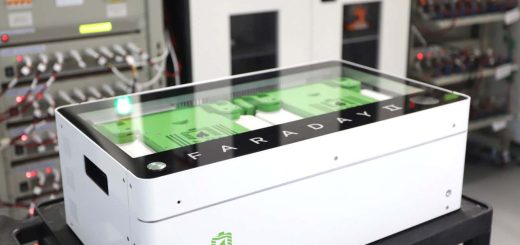Quantum-enhanced supercomputers are starting to do chemistry
Working in tandem, a quantum computer and a supercomputer modelled the behaviour of several molecules, paving the way for useful applications in chemistry and pharmaceutical research
By Karmela Padavic-Callaghan
4 July 2025
Parts of an IBM quantum computer on display
ANGELA WEISS/AFP via Getty Images
A quantum computer and conventional supercomputer that work together could become an invaluable tool for understanding chemicals. A collaboration between IBM and the Japanese scientific institute RIKEN has now established one path to getting there.
Read more
IBM will release the largest ever quantum computer in 2025
Predicting what a molecule will do within a reaction – for instance, as part of a medical treatment or an industrial catalyst – often hinges on understanding its electrons’ quantum states. Quantum computers could accelerate the process of computing these states, but in their current form, they are still prone to errors. Conventional supercomputers can catch those mistakes before they become a problem.
In a joint statement to New Scientist, Seiji Yunoki and Mitsuhisa Sato at RIKEN said quantum computers can push traditional computers to new capabilities. Now they and their colleagues have used IBM’s Heron quantum computer and RIKEN’s Fugaku supercomputer to model molecular nitrogen, as well as two different molecules made from iron and sulphur.
The researchers used up to 77 quantum bits, or qubits, and an algorithm called SQD to divide the computation of molecules’ quantum states between the machines. The quantum computer made calculations while the supercomputer checked for and corrected errors. For instance, if Heron produced a mathematical function describing more electrons than contained in the molecule at hand, Fugaku would discard that part of the solution and have Heron update and repeat the calculation.
This hybrid method doesn’t yet surpass the best-case scenario of what a supercomputer could do alone, but it is competitive with some standard approaches, says Jay Gambetta at IBM, who was not involved with the experiment. “It’s [now] just about comparing computational tools.”


